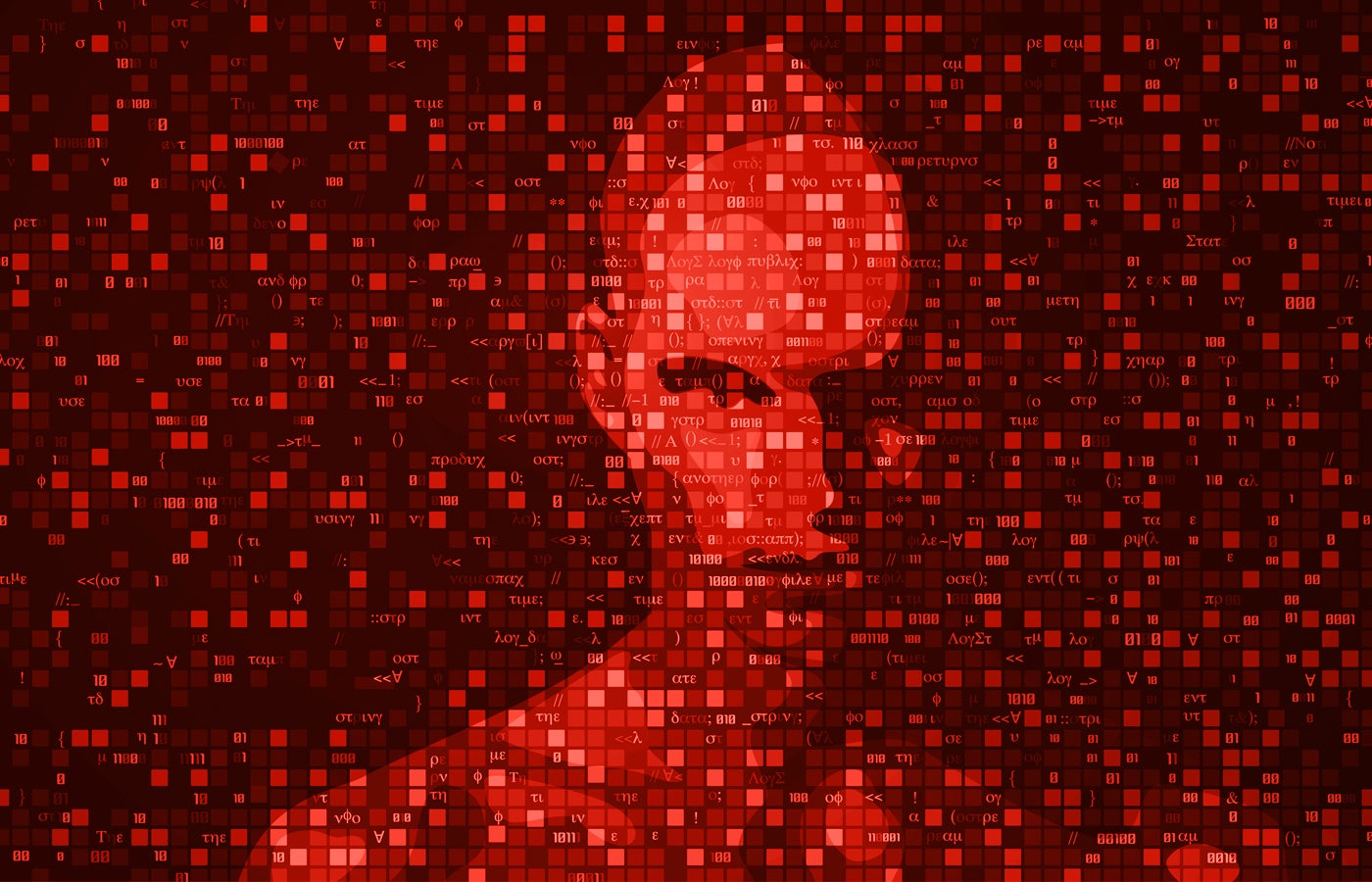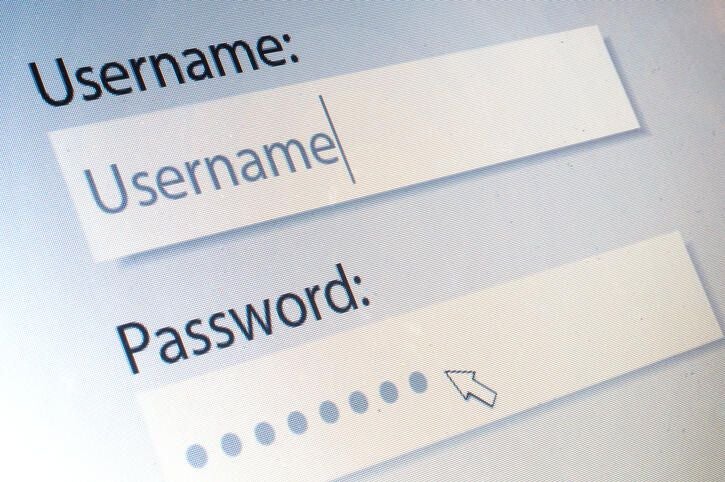Fake news is a perennial problem but really begins to ramp up in the election season as conspiracy theories and misinformation by bad actors aim to manipulate voters. As the US election comes down to the wire in one of the closest races yet, Ben-Gurion University of the Negev researchers have developed a method to help fact-checkers keep up with the increasing volumes of misinformation on social media.
The team led by Dr. Nir Grinberg and Prof. Rami Puzis found that tracking fake news sources, rather than individual articles or posts, with their approach can significantly lower the burden on fact-checkers and produce reliable results over time.
“The problem today with the proliferation of fake news is that fact checkers are overwhelmed. They cannot fact-check everything, but the breadth of their coverage amidst a sea of social media content and user flags is unclear. Moreover, we know little about how successful fact-checkers are in getting to the most important content to fact-check. That prompted us to develop a machine learning approach that can help fact-checkers direct their attention better and boost their productivity,” explains Dr. Grinberg.
Their findings were published recently as part of the Proceedings of the 30th ACM SIGKDD Conference on Knowledge Discovery and Data Mining.
Fake news sources tend to appear and disappear quite quickly over the years, so maintaining lists of sites is very cost and labor intensive. Their system considers the flow of information on social media and the audience’s “appetite” for falsehoods, which locates more sites and is more robust over time.
The researchers’ audience-based models outperformed the more common approach of looking at who’s sharing misinformation by large margins: 33% when looking at historical data, and 69% when looking at sources as they emerge over time.
The authors also show that their approach can maintain the same level of accuracy in identifying fake news sources while requiring less than a quarter of the fact-checking costs.
The system needs more training in real world scenarios, and it should never replace human fact checkers, but “it can greatly expand the coverage of today’s fact checkers,” says Dr. Grinberg, a member of the Department of Software and Information Systems Engineering. Prof. Puzis is a member of the same department.
And while Grinberg and his team demonstrated that this approach can help fact-checkers in their mission to ensure the integrity of our elections, the big unknown here is whether social media platforms will pick up the gauntlet here, or at least, provide the necessary means in data and access for others to combat misinformation.
The research team in this study also included Maor Reuben of the Department of Software and Information Systems Engineering at BGU and independent researcher Lisa Friedland.
More information:
Maor Reuben et al, Leveraging Exposure Networks for Detecting Fake News Sources, Proceedings of the 30th ACM SIGKDD Conference on Knowledge Discovery and Data Mining (2024). DOI: 10.1145/3637528.3671539
Citation:
New machine learning model can identify fake news sources more reliably (2024, October 28)
retrieved 28 October 2024
from https://techxplore.com/news/2024-10-machine-fake-news-sources-reliably.html
This document is subject to copyright. Apart from any fair dealing for the purpose of private study or research, no
part may be reproduced without the written permission. The content is provided for information purposes only.





